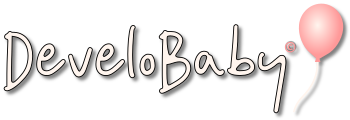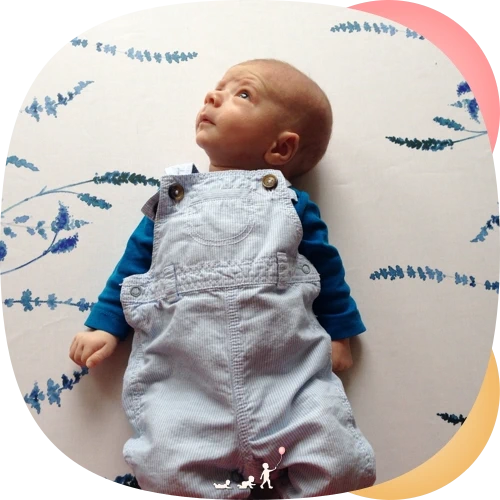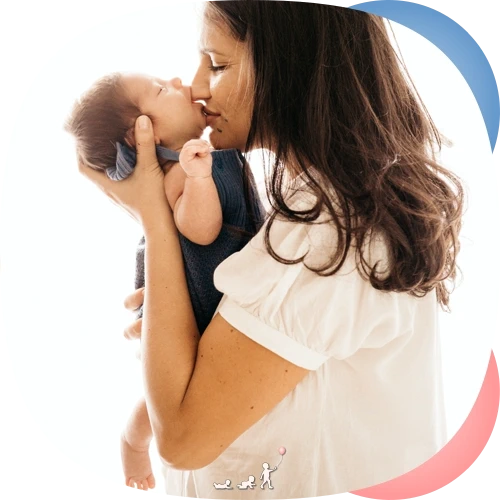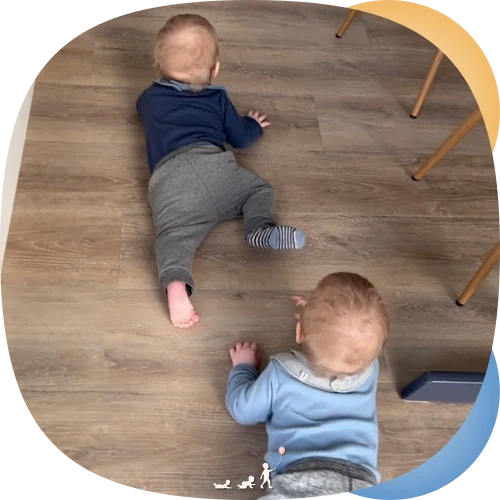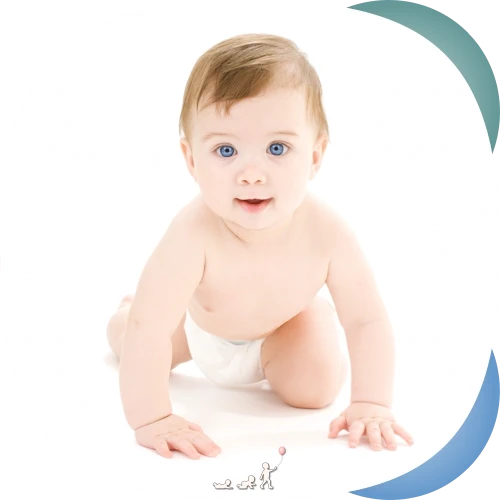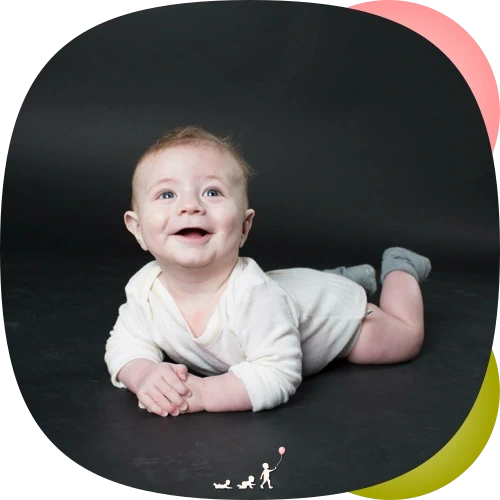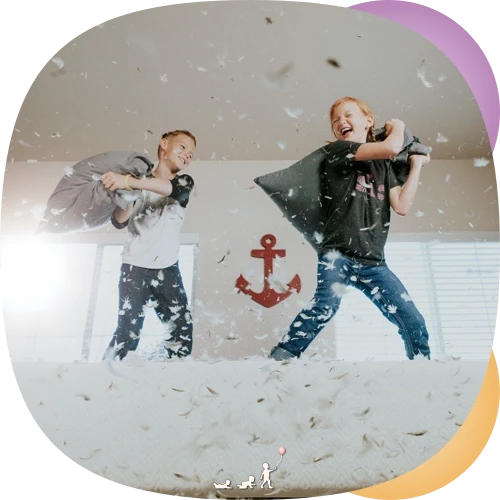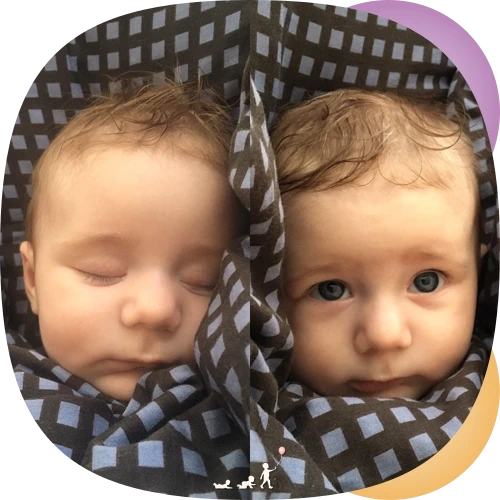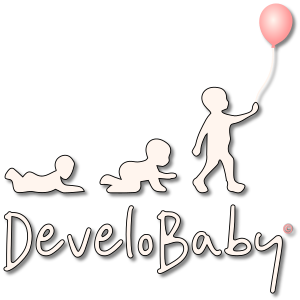Tarzan Crawling and Bottom Scooting
Online Physical Therapy exercise program to strengthen your baby’s body to master walking despite Tarzan Crawling or Bottom Scooting.
on Trustpilot
Original price was: 299,00 DKK.269,10 DKKCurrent price is: 269,10 DKK.
(inclusive of all taxes, VAT and fees)





Program description
Developed by Danish pediatric physical therapist Maria Schultz Appelt consists of evidence-based, playful exercises that strengthen your baby’s body and coordination skills for stable and solid walking in spite of Tarzan Crawling or Bottom Scooting.
Each exercise in the program is described in detail and illustrated with pictures and videos. When content is updated – for example, when new research is published – you will see the latest update every time you log in. This way, you always have access to the most up-to-date version.
If you have any questions about the program or are unsure about anything, please send me a message (perhaps including a short video of your baby) via my Instagram @develobaby or email at maria@develobaby.com.
Note: If your baby is not Tarzan Crawling or Bottom Scooting, but is crawling normally on all fours, then select the Walking program instead.
What is Tarzan Crawling?
Tarzan crawling is when your baby crawls like Tarzan or Mogli from the Disney classic – on one knee and one foot instead of on both knees. Both hands are usually used, but in most cases not alternately, but simultaneously.
Tarzan crawling typically develops after a Preferred Side. If left untreated, this early stage of asymmetrical motor development will continue through all milestones. Typically, a preferred side develops into one-sided belly crawling, which then develops into Tarzan crawling.
Tarzan crawling can affect the quality of walking, because stable and solid walking requires symmetrical muscle strength on both sides of the body. Incidentally, it is always advantageous to be equally strong on both sides of the body – both for effective muscle work and for neurological development of both hemispheres of the brain.

What is Bottom Scooting?
Bottom scooting means that the baby sits upright on their bottom with legs in front of the body on the floor and then pulls themselves forward by stretching and bending the legs, either straight ahead or slightly sideways. Sometimes the hands/arms are used for this type of movement, and sometimes only the legs. A common variation of bottom scooting is bottom hopping, in which the baby starts out in the same position but then supports the upper body through their arms at the ankles and then moves forward in a hopping motion (see video).
Sideways bottom scooting can develop as an alternative to Tarzan crawling after a preferred side, while babies who scoot straight ahead often have a history of over-arching their back, i.e., they have strong abdominal and back muscles, while the lateral rotation muscles are not strong enough to stabilize the body for the alternating left/right movements involved in crawling on all fours.
Bottom scooting can also cause problems in learning to walk because the baby uses both sides of the body at the same time, whereas walking requires alternating use of the left and right sides of the body. These babies compensate for the lack of stability when walking by sticking their tummies out. Although it looks cute, it is a motor compensation.

Frequently asked questions to Tarzan Crawling and Bottom Scooting
Frequently asked questions to exercise programs
Related programs
Note: when purchasing two or more programs, a 10% discount is automatically applied. ❤
The latest on Instagram
Follow me on Instagram @develobaby, where I share evidence based motor development knowledge and fun! ❤
Disclaimer
All content on DeveloBaby.com is based on recognized professional standards in Denmark, and you can expect them to be in line with the advice you receive in the public health system. If you find that your child has pronounced sleep or motor challenges, or that there is a lack of effect from the general exercises, I recommend that you make an appointment with me, either in person or online, so that I can customize the program for your child. If your child is unwell, please always contact your health care provider or physician. Read full disclaimer…
